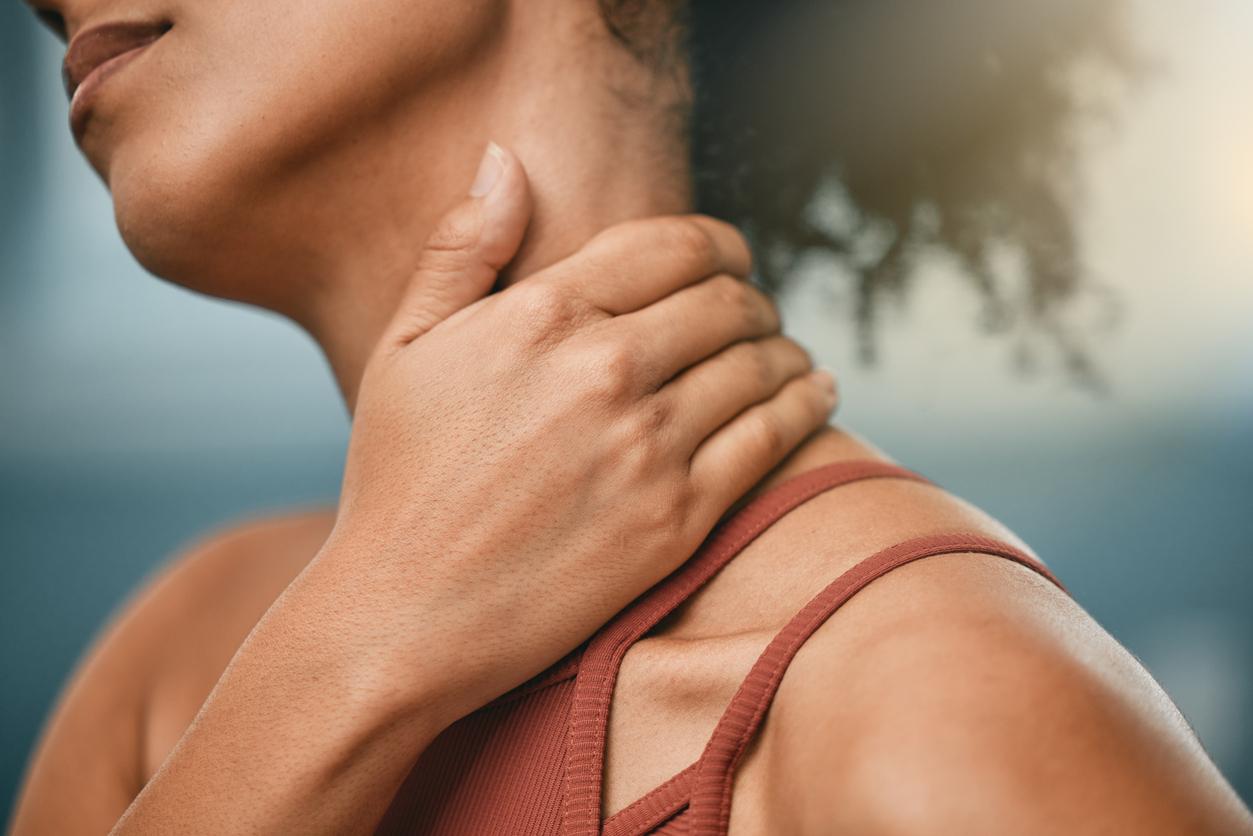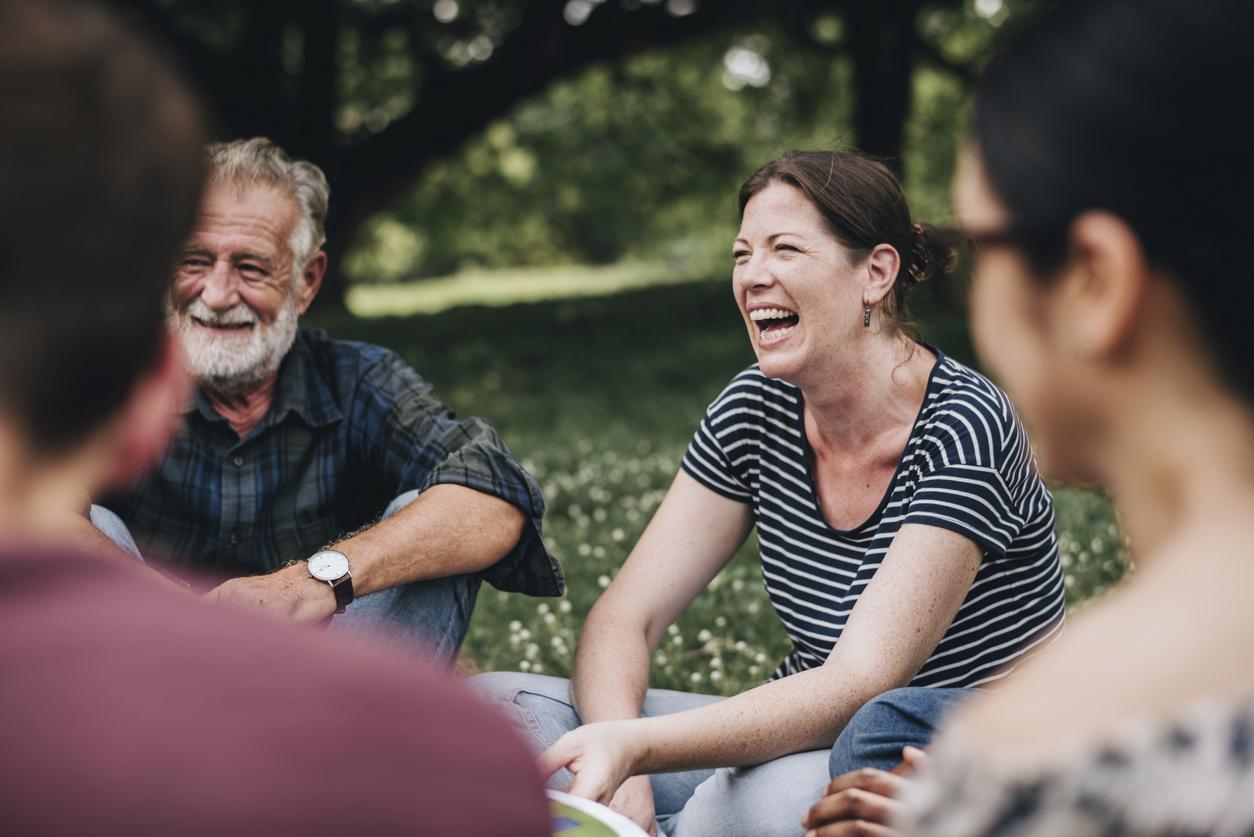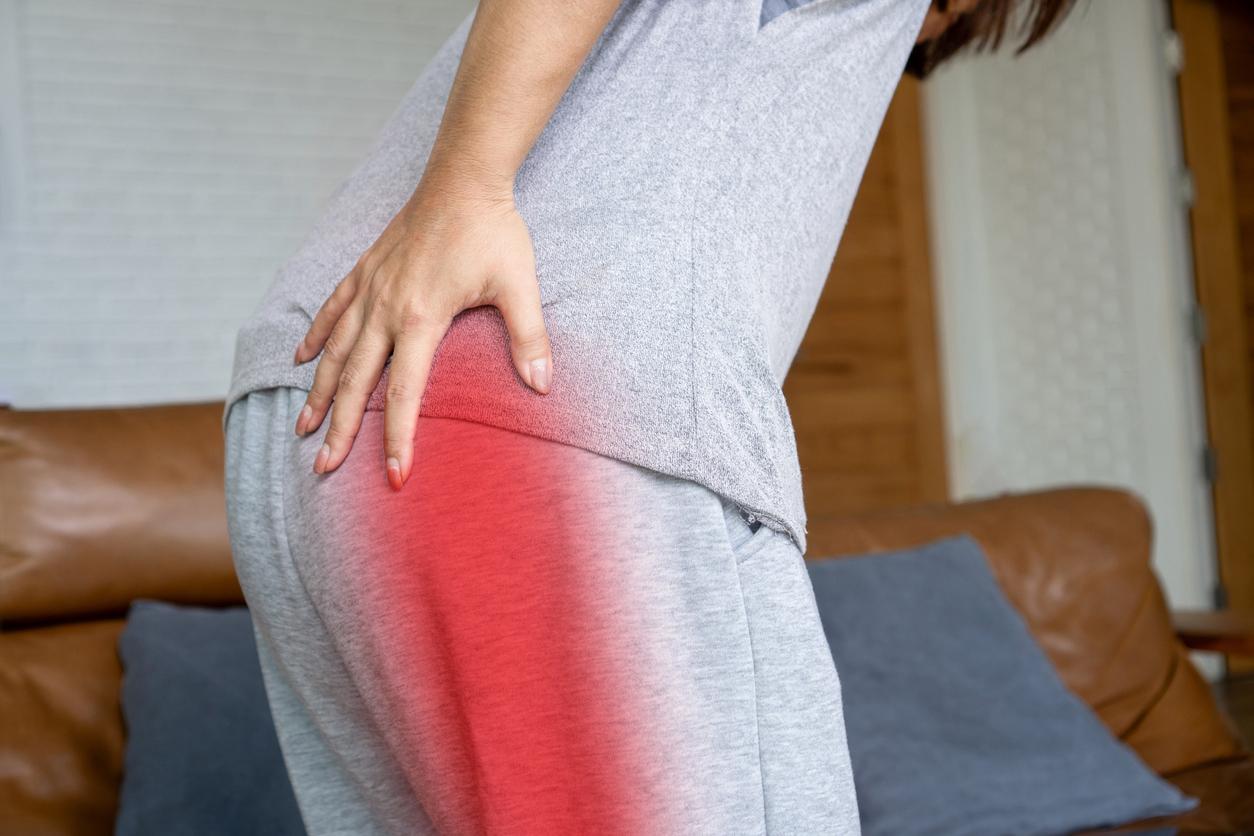Osteopath and co-founder of the European College of Osteopathy Education, Pascal Pilate has adapted certain osteopathic maneuvers and principles so that everyone can practice them alone, when they wish, without special equipment. He called these movements the “Pilate osteopathic parries”. Some of these parries will allow you to relieve tension so that you do not suffer during long car journeys.
movements for the neck
Objective : strengthen the neck muscles.
The advantage of this exercise is that it can be performed while seated. So, during the ride (if you’re a passenger of course!), make sure your lower back is straight and imagine that the top of your head is pulled up to the sky. Exhale well during this self-enlargement. Practice this movement two or three times.
To strengthen the side muscles of the neck more specifically, position your head straight. Place the palms of the hands on either side of the head, above each ear. Gently and gradually push your right hand towards the left for two seconds but resist this pressure. The head remains in the unchanged position and you strengthen the muscles on the right side. Gradually release the pressure and do the same with the left hand pushing gently to the right. Repeat this couple of maneuvers three or four times.
If you want to strengthen the anterior and posterior muscles instead, follow the same principle but position one hand at the back of the head and another on the forehead.
To note : if your neck is too sensitive to drive, make a makeshift cervical collar by rolling a towel or sweater that you keep around your neck to immobilize it. This helps to act on muscle tension. Then you can practice the exercises above to provide mobility.
Discover: Three neck and shoulder self-massages
The “spinning” of the spine
Objective : relax the spine.
The lower back and pelvis are particularly exposed areas during a long seated drive. To prevent the spine spring from “packing” too much, it must be stretched. Pascal Pilate calls this exercise “spinning the spine”.
Lying on your back, knees bent to your chest, arms outstretched: drop your bent legs to one side while your head turns to the opposite side. Make sure that the knees are well up at the level of the shoulders on the side where they fall. If you lower them too much, the back will hollow out. If necessary, you can hold the knees on the side of the rotation with your hand or forearm.
Once in this “spinning” position (which must be comfortable), inhale as you take your stomach out and exhale as long as possible while pulling your stomach in. “At the end of the expiration, you obtain an involuntary and optimal muscular relaxation which softens your spine” explains the osteopath.
Repeat this ample breathing two or three times.
Discover : Gentle solutions that relieve low back pain
If you suffer from heavy legs
If you suffer from heavy legs, remember to wiggle your toes regularly during the trip to facilitate venous return. Once you arrive at your destination, lie down on the ground with your legs in the air leaning against a wall. In this position, exhaling while drawing in your belly, bring the toes back into flexion, so as to attract the posterior muscle chains of the lower limbs. On the inhale, lift your stomach out and leave your feet and ankles in a neutral position. Repeat this breath-flexion movement ten times to regain light legs.
You will discover other exercises to practice daily in the book Osteopathy, by Pascal Pilate and Hélène CaureEditions Eyrolles.
What if you became an osteopath?
Want to learn more about this fascinating discipline, and why not become an osteopath yourself? Know that there are approved training by the Ministry of Health offering you individualized educational support. Find out today!
Read also :
- 7 questions you ask yourself about osteopathy
- Sciatica: 3 stretches you can do in bed
- The right gestures to stretch your legs

















